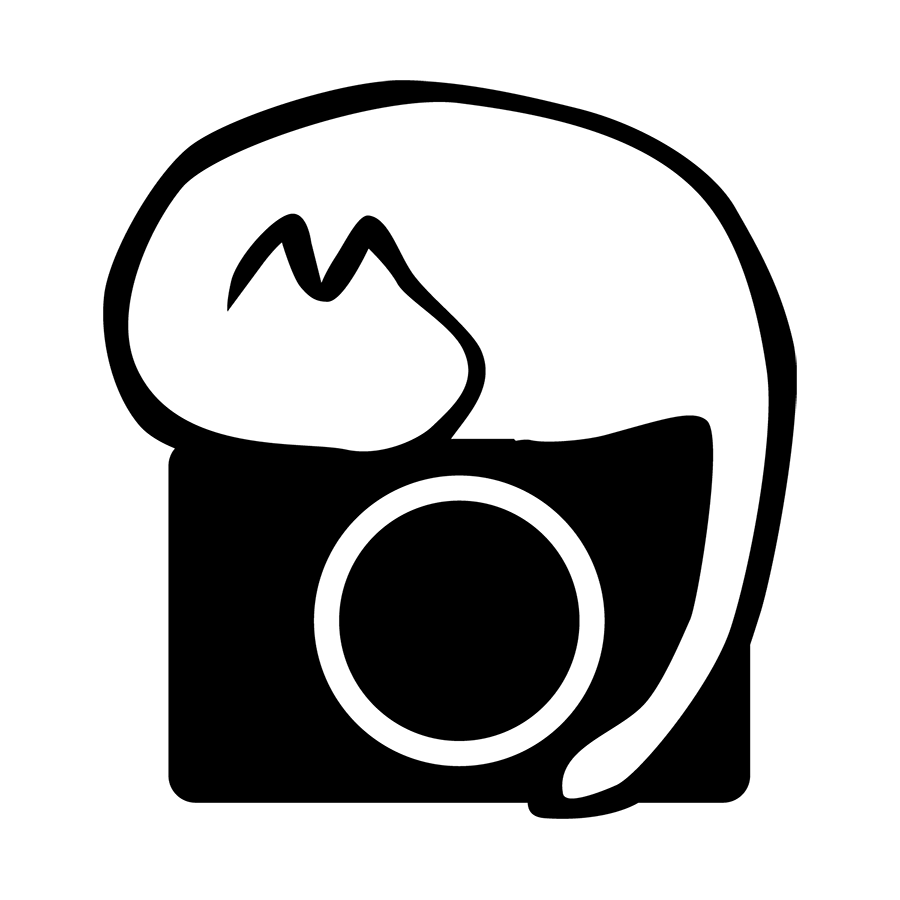Nikon Z 7
Purchased: Nov 2020
Status: Retired (Sold, May 2024)
Entry Date: 24/3/2024 (Summary in retrospect)
After the Mark II bodies were released, and the first generation Z bodies started to finally show some price adjustments in their used listings, I decided to grab a Z7 as my second Z body for more cropping leeway when using with prime lenses, as well as for ability to print larger should the situation call for it.
At this point I had been using my first Z mirrorless body, the Z6, for more than a year, so I pretty much knew what to expect in terms of how the mirrorless cameras behaved and felt in hand. The Z6 and Z7 are physically identical in every way on the outside (apart from the little label that writes “Z 6” or “Z 7”), so the bodies can be used interchangeably without any need for reprogramming new muscle memory.
While I had already been accustomed to high resolution images from my long relationship with the D800 at that time, the 45MP sensor from the Z7 was the first time for me handling a sensor without an anti-aliasing filter - the improved sharpness and detail clarity is indeed on another level as compared to the D800 (and the lower resolution Z6). Unfortunately, even with a high pixel density, moire is still not completely eliminated and does sometimes rear its ugly head, especially in images whereby there is slightly reflective finely-knit fabric (such as Japanese kimono) with a direct light source shining on it at an angle, and does take some extra effort to remove the moire during post processing. However, in all honesty it does not occur for most subjects and most lighting conditions, so I am happy to take the extra resolution over this minor inconvenience any day.
The Z7 is also the first camera that I own that could go down to native ISO64, and definitely helps as I like to use my large aperture primes wide open most of the time, and even more so as the Z7 maxes out its shutter speed at 1/8000s and the flash sync speed is only 1/200s before HSS kicks in. Dynamic ranges at low ISOs are impressive, and a ton of shadow details could be recovered at low ISOs if the images are properly exposed.
Colors are also very nicely reproduced with a touch of vibrancy, and I find that auto white balance does a pretty good job most of the time with just minor tweaks required here and there. I also find that the colors do look slightly different from those produced from the Z6 - it feels more neutral and natural, and easier to work with in Capture One. (additional notes here)
I had quite a bit of experience with the autofocus performance of the Z mirrorless system by this time, and the AF of the Z7 is pretty much how I expected it to be - slightly weaker in low light as compared to the Z6 (i.e. hunts more than the Z6 in low light situations), and slightly slower to acquire focus when using Auto-Area AF with subject detection turned on. This is especially evident in moving subjects, like those of my 4-legged friends walking towards the camera - if I use animal eye-AF on them chances are that my entire set of photos of them walking towards the camera would be back-focused.
However, one surprising observation is how the AF seemed to be more accurate on the Z7 as compared to the Z6 - perhaps having a higher pixel count with smaller AF points gave it an advantage in AF accuracy at the expense of speed and low-light performance?
Shutter shock is definitely more evident in the Z7 due to the higher pixel count, so I always leave the camera’s shutter mode in Auto, which will use EFCS at shutter speeds of 1/250s and slower, and automatically switch over from EFCS to full mechanical shutter when the shutter speeds are faster than that (to prevent bokeh cut off). On top of that, I avoid 1/320s as well as I find that shutter shock is still evident at that speed, so if I know I need faster than 1/250s I would just go directly to 1/400s and adjust the ISO to compensate accordingly.
Granted that it does not have the best AF for moving subjects, and the lack of a second card slot may turn some people away, but this does not diminish the fact that it is a robust and capable high resolution camera that delivers vibrant files that are full of crisp details.
Despite its quirks here and there, I am definitely satisfied with my Z7 and have made many photos I love with it.
Entry Date: 27/5/2024
While the Z7 works very well for me as a secondary camera that is paired with my 70-200/2.8S for work (paired with the Z6II+24-120/4S as my primary), ever since I had gotten the Z8, I do find myself reaching out for the Z8 more during my own personal time as the Z8 covers both the high resolution requirements for me together with very reliable autofocus.
I have been sitting on the fence over the idea of modifying (and simplifying) my load-out by incorporating the Tamron 35-150/2-2.8 VXD for a while now, and a recent spike in Z7 buy-back price did give me the final little push to sell my Z7 off and use the funds to purchase the Tamron.
Thank you so much for the memories, and I do hope you find yourself in the hands of a new owner soon!
